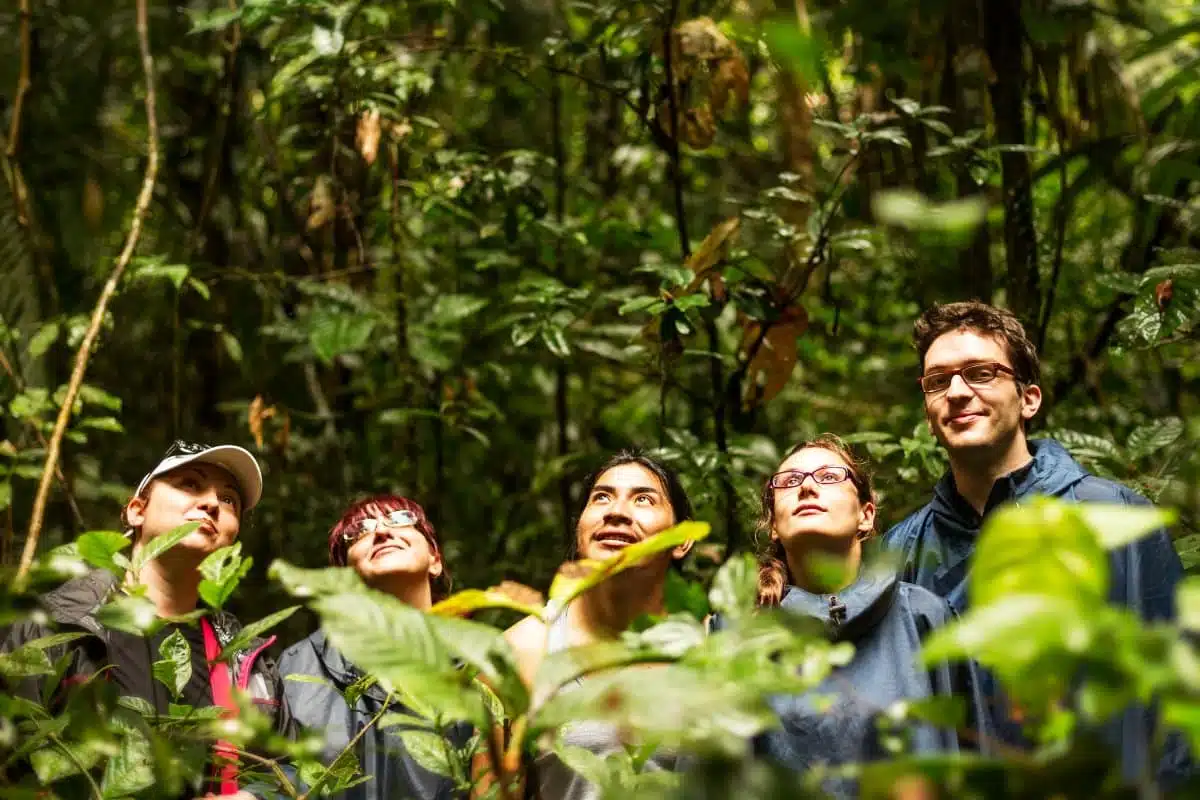The Amazon Rainforest, a vast and mystical expanse, has long been a source of intrigue and spiritual questing. It is home to ancient traditions and shamanic practices that have been preserved for centuries by the indigenous peoples of the region. For those drawn to the mysteries of the natural world and the healing powers of traditional medicine, a shamanic tour in the Amazon offers a profound journey into the heart of spiritual healing and connection with nature. This guide explores the most significant destinations and experiences for those seeking to understand and participate in shamanic practices within the Amazon.
Given the sensitive nature of shamanic practices and the importance of respecting indigenous cultures, the guide provides respectful information. It acknowledges the complexities involved in such journeys.
1. Iquitos, Peru
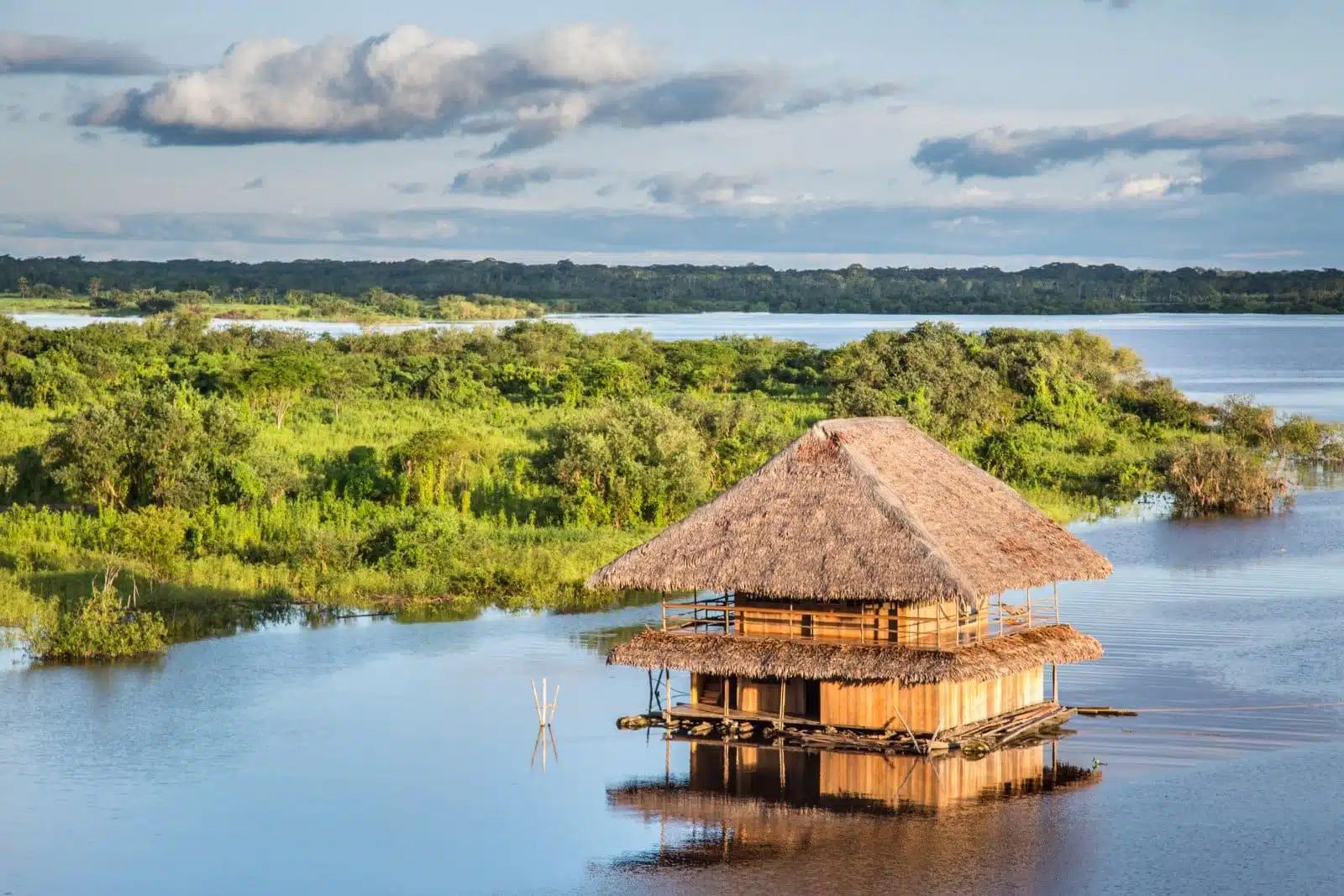
Image Credit: Shutterstock / Christian Vinces
Iquitos, a bustling city accessible only by river or air, serves as the gateway to the Peruvian Amazon and its shamanic traditions. The city is surrounded by rivers and rainforests, offering access to numerous indigenous communities and retreat centers where visitors can engage in traditional ayahuasca ceremonies led by experienced shamans. These ceremonies are intended for deep spiritual exploration and healing, guided by the powerful plant medicine known to induce visionary states of consciousness.
Insider’s Tip
Choose a retreat center with a strong reputation and experienced shamans. Researching and selecting a place that prioritizes safety, authenticity, and respect for indigenous traditions is crucial.
When to Travel
From May to September, the dry season is the best time to visit for clearer paths and less rain, though ceremonies are held year-round.
How to Get There
Fly into Iquitos from Lima, Peru. From Iquitos, retreat centers are typically accessed by boat along the Amazon River.
2. Manaus, Brazil
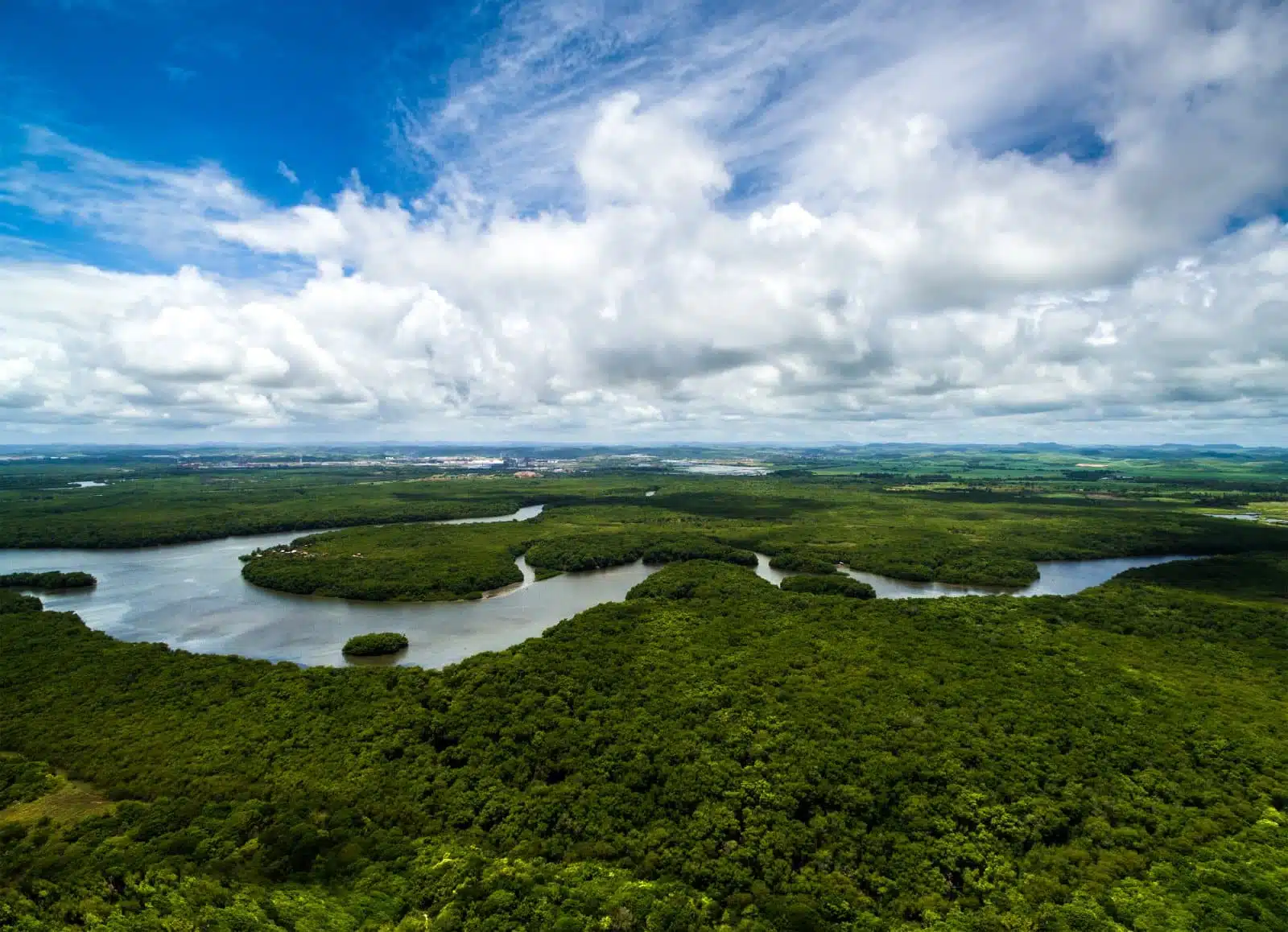
Image Credit: Shutterstock / Gustavo Frazao
Manaus, the capital of the Amazonas state in Brazil, stands as a historical and cultural hub amidst the dense Amazon Rainforest. Beyond its urban facade, Manaus offers pathways to shamanic experiences within the surrounding jungle, where the rich biodiversity of the Amazon supports a plethora of medicinal plants used in traditional healing practices. Visitors can embark on tours that include visits to indigenous tribes, participation in cleansing rituals, and educational walks to learn about the medicinal uses of native plants.
Insider’s Tip
Engage with local guides who have direct connections to indigenous communities, ensuring a respectful and authentic introduction to shamanic practices.
When to Travel
June to November is slightly cooler and less rainy, making it an ideal time for jungle excursions.
How to Get There
International flights to Manaus are available, connecting through major cities like São Paulo or Rio de Janeiro.
3. Tena, Ecuador
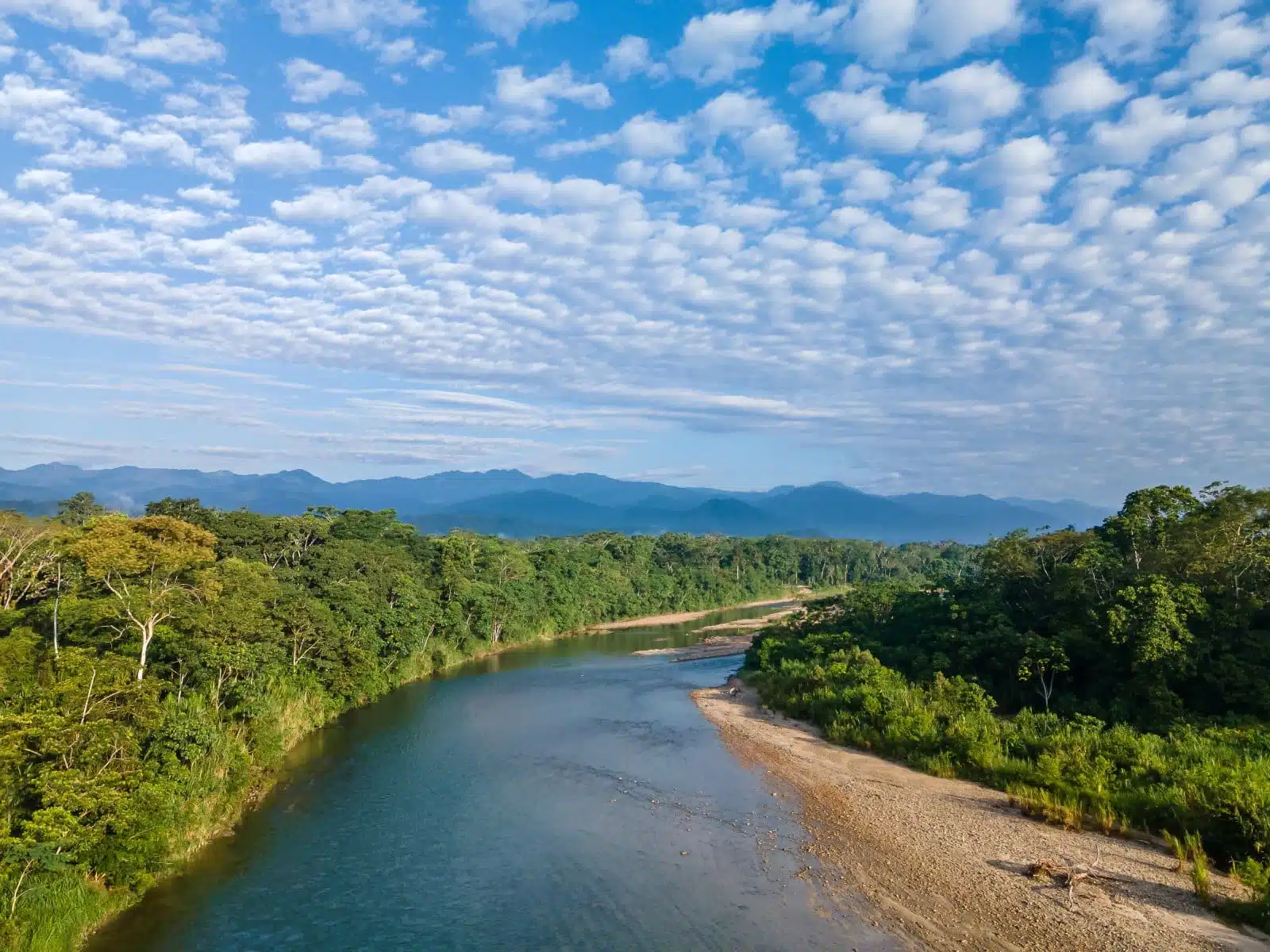
Image Credit: Shutterstock / Wirestock Creators
Tena, known as the “Cinnamon Capital” of Ecuador, is a lesser-known entry point to the Amazon Rainforest, offering a more intimate setting for shamanic exploration. The region is home to several indigenous tribes, such as the Kichwa, who maintain a deep connection to their ancestral lands and traditions. Shamanic tours here often involve cleansing rituals, traditional music, and storytelling, providing insights into the spiritual relationship between the people and the rainforest.
Insider’s Tip
Participate in a traditional guayusa tea ceremony, a ritual that involves drinking this native caffeinated tea for dream interpretation and spiritual guidance.
When to Travel
The drier months of August to September are preferable for those looking to avoid the heaviest rains.
How to Get There
Fly to Quito, Ecuador, and then take a short domestic flight or bus journey to Tena.
4. Pucallpa, Peru
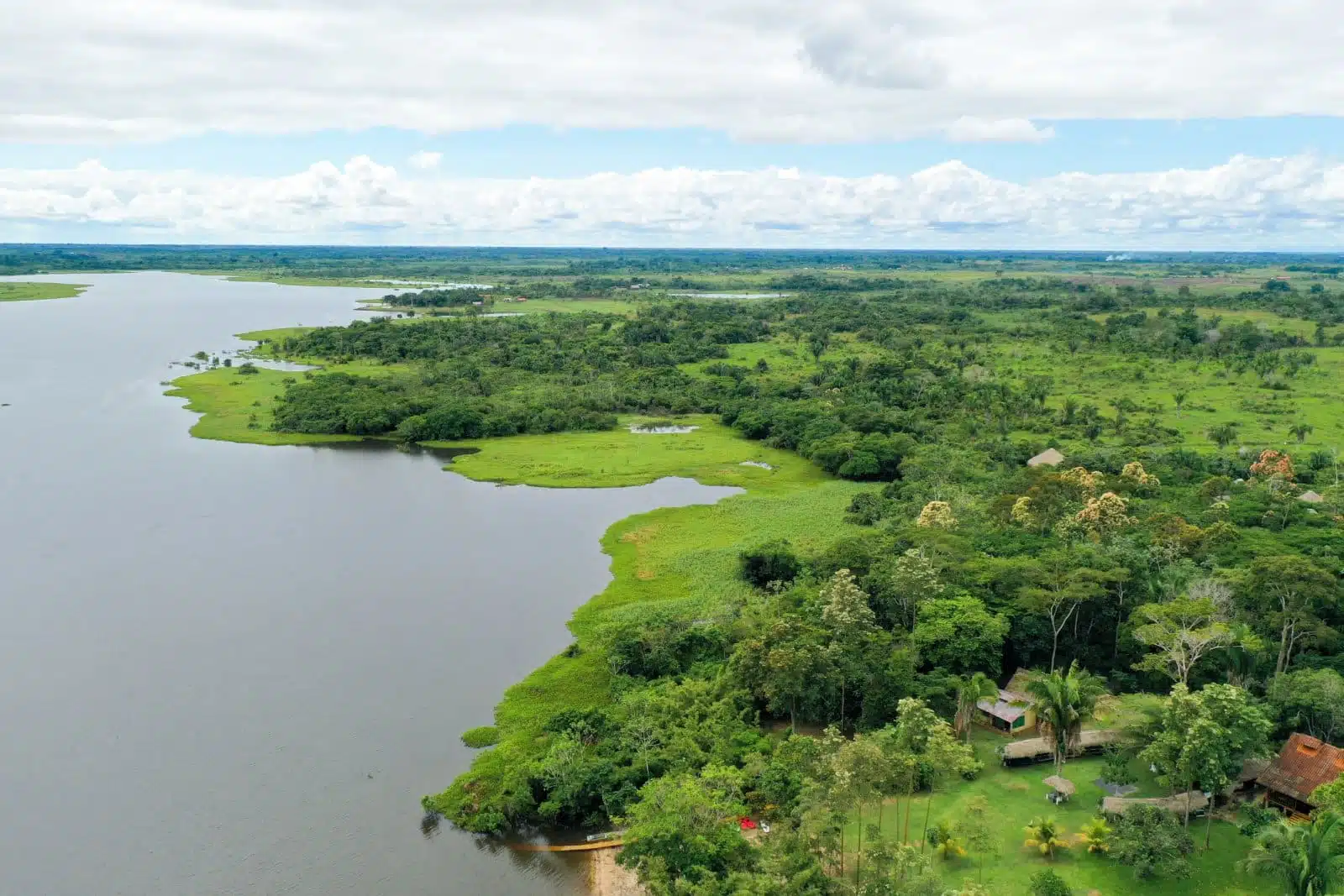
Image Credit: Shutterstock / diegoguiop
Pucallpa, situated on the banks of the Ucayali River, is a vibrant city that acts as a conduit to the Shipibo-Conibo communities, known for its intricate art and profound shamanic practices. The city is a blend of urban and indigenous cultures, with easy access to remote villages where traditional ceremonies, including ayahuasca and San Pedro cactus rituals, are practiced. These ceremonies are deeply rooted in a cosmology that views the jungle as a living, spiritual entity.
Insider’s Tip
Seek out workshops on Shipibo-Conibo art and textiles as a way to deepen your understanding of their symbolic representations of the spiritual world.
When to Travel
The cooler, drier season from May to October is most comfortable for travel.
How to Get There
Domestic flights from Lima to Pucallpa are the most direct route into the region.
5. Rurrenabaque, Bolivia
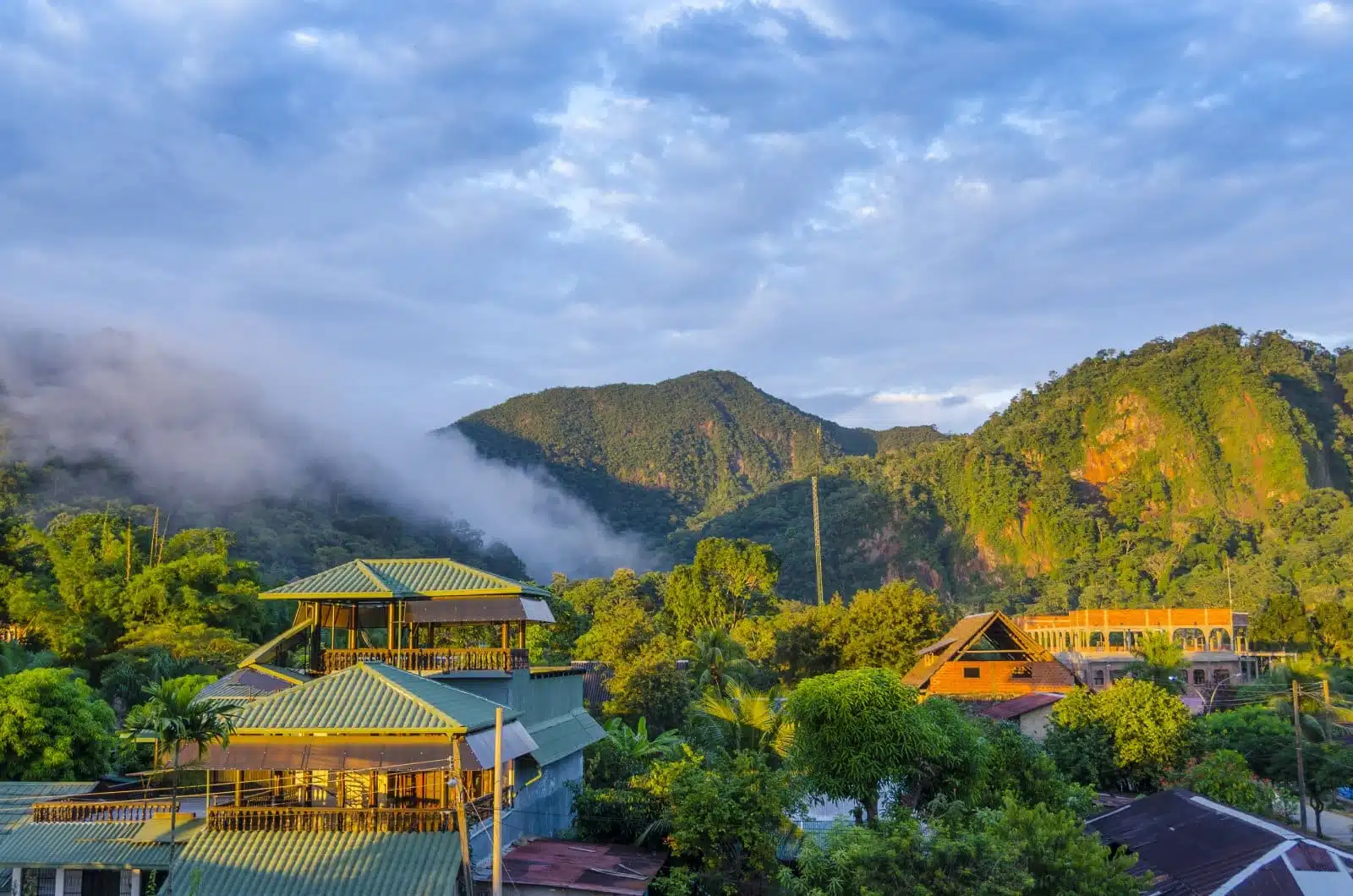
Image Credit: Shutterstock / Elzbieta Sekowska
Rurrenabaque is a small town on the edge of Bolivia’s portion of the Amazon Basin, serving as a gateway to the Madidi National Park and the Pampas. It offers a unique blend of Amazonian and Andean shamanic traditions, with tours leading participants into the jungle’s heart for ceremonies, wildlife observation, and plant medicine walks. The area is known for its rich biodiversity and the presence of powerful plant medicines, including ayahuasca.
Insider’s Tip
Extend your journey to include a visit to the Madidi National Park for a broader experience of the Amazon’s ecological and spiritual significance.
When to Travel
The dry season from April to October is ideal for jungle treks and wildlife spotting.
How to Get There
Fly from La Paz to Rurrenabaque, or embark on a long but scenic bus journey.
6. The Sacred Valley, Peru
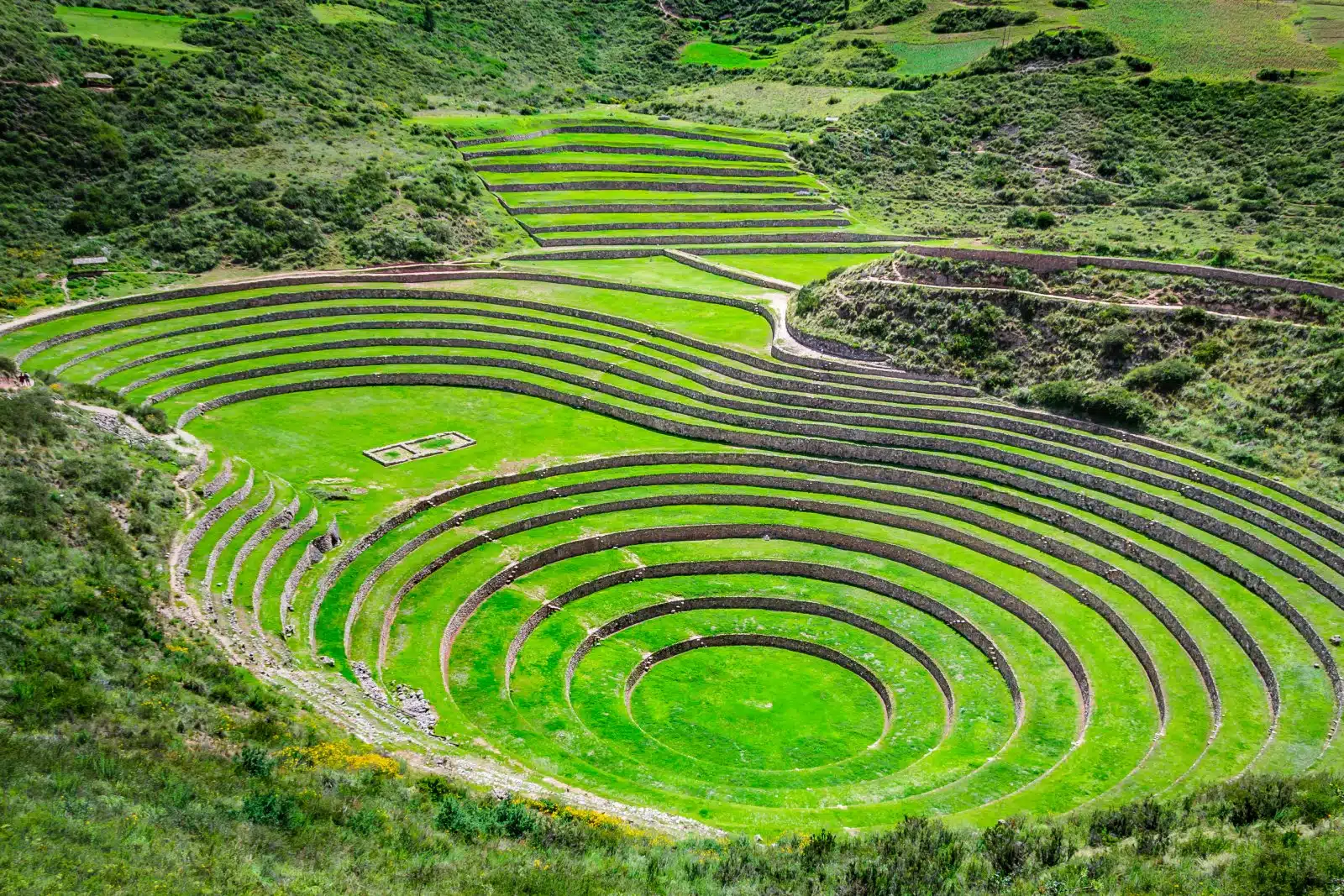
Image Credit: Shutterstock / Tetyana Dotsenko
While not in the Amazon, the Sacred Valley near Cusco is vital to Peru’s rich tapestry of spiritual traditions, including those with roots in Amazonian shamanism. The valley is a serene landscape of towering Andean peaks and ancient Inca ruins, where traditional Andean and Amazonian spiritual practices merge. Visitors can engage in ceremonies led by local shamans, who use both Andean and Amazonian plant medicines and rituals to facilitate healing and spiritual insight.
Insider’s Tip
Combine your visit with a trip to Machu Picchu to fully immerse yourself in the spiritual heritage of the region. Engage with local communities to learn about the Pachamama (Mother Earth) and how they integrate Amazonian practices into their Andean lifestyle.
When to Travel
The dry season from May to September offers clear skies and safer travel conditions through the valley.
How to Get There
Fly into Cusco from Lima, then travel by bus or private transport into the Sacred Valley. Many towns like Pisac, Urubamba, and Ollantaytambo serve as excellent bases for exploration.
7. Marajó Island, Brazil
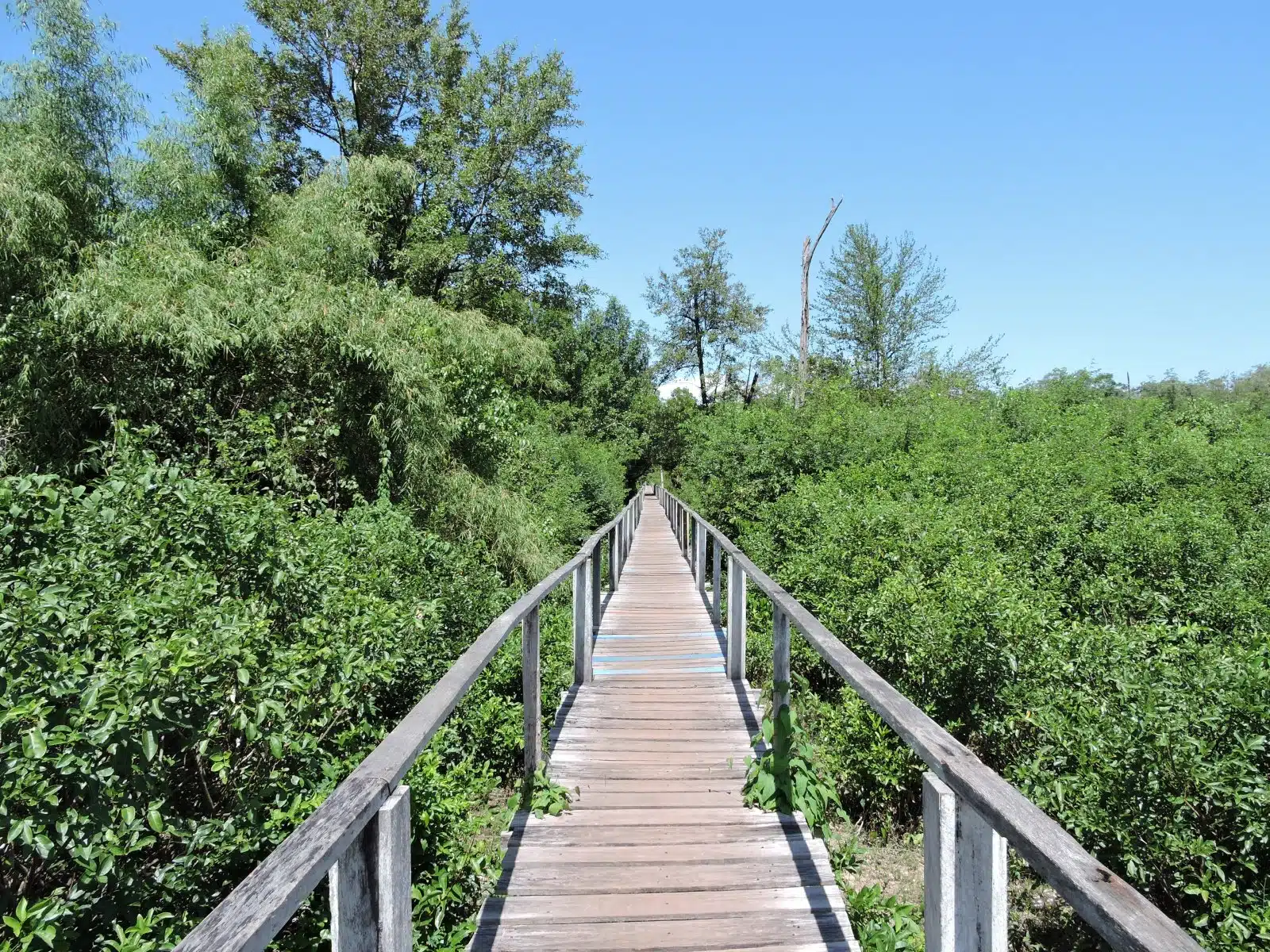
Image Credit: Shutterstock / Tamara Cerqueira
Marajó, an island at the mouth of the Amazon River, is one of Brazil’s hidden gems, where the river meets the Atlantic Ocean. The island’s unique ecosystem, rich in both Amazonian and marine biodiversity, supports a distinct culture that includes traditional shamanic practices. Visitors can explore the island’s vast landscapes, from flooded forests to savannahs, and engage with local communities that maintain deep spiritual connections to their environment.
Insider’s Tip
Explore the island by bicycle or horseback to access more remote communities and natural areas where shamanic practices are a part of daily life.
When to Travel
The dry season from July to December is the best time to visit, as it allows for easier exploration of the island’s diverse ecosystems.
How to Get There
Fly to Belém, then take a ferry to Marajó. The journey offers a unique introduction to the life of the river and its communities.
8. Alto Paraíso de Goiás, Brazil
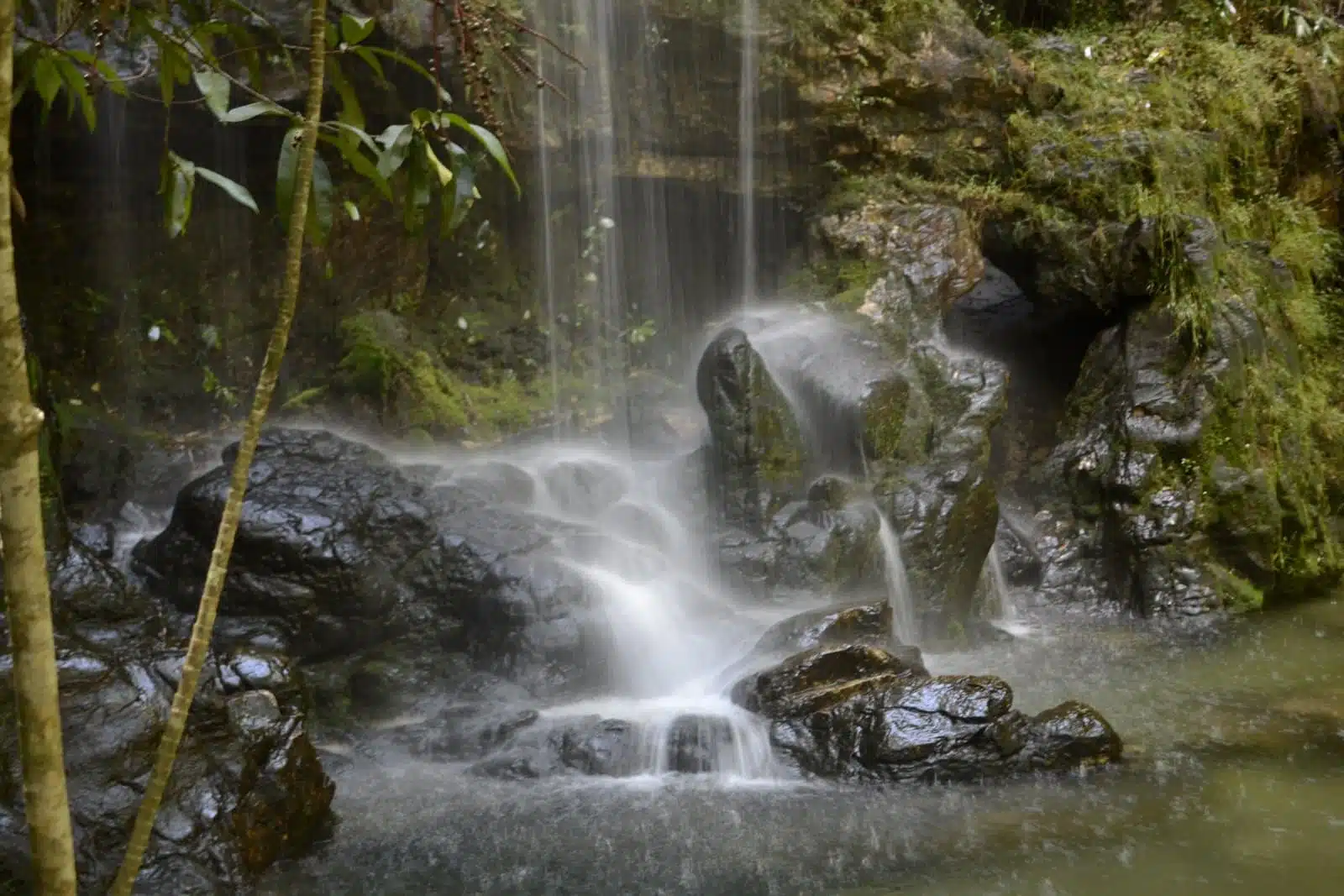
Image Credit: Shutterstock / nati.fantato
Alto Paraíso de Goiás, located in the heart of Brazil’s Chapada dos Veadeiros National Park, is a renowned spiritual and ecological sanctuary. Though not in the Amazon, it is a significant site for Brazilian shamanic practices, attracting healers and seekers from around the world. The region’s stunning waterfalls, crystal formations, and pristine landscapes provide a powerful backdrop for transformative spiritual experiences, including ceremonies and retreats that draw on a blend of Amazonian and indigenous traditions.
Insider’s Tip
Visit the Vale da Lua (Valley of the Moon) for a meditation or ceremony in its moon-like landscape, believed to be energetically powerful.
When to Travel
The rainy season from October to April fills the waterfalls and rivers, making the landscape particularly lush, though paths can be slippery.
How to Get There
Fly to Brasília, then drive or take a bus to Alto Paraíso de Goiás. The journey through the Cerrado biome is an experience in itself.
9. Belem, Brazil
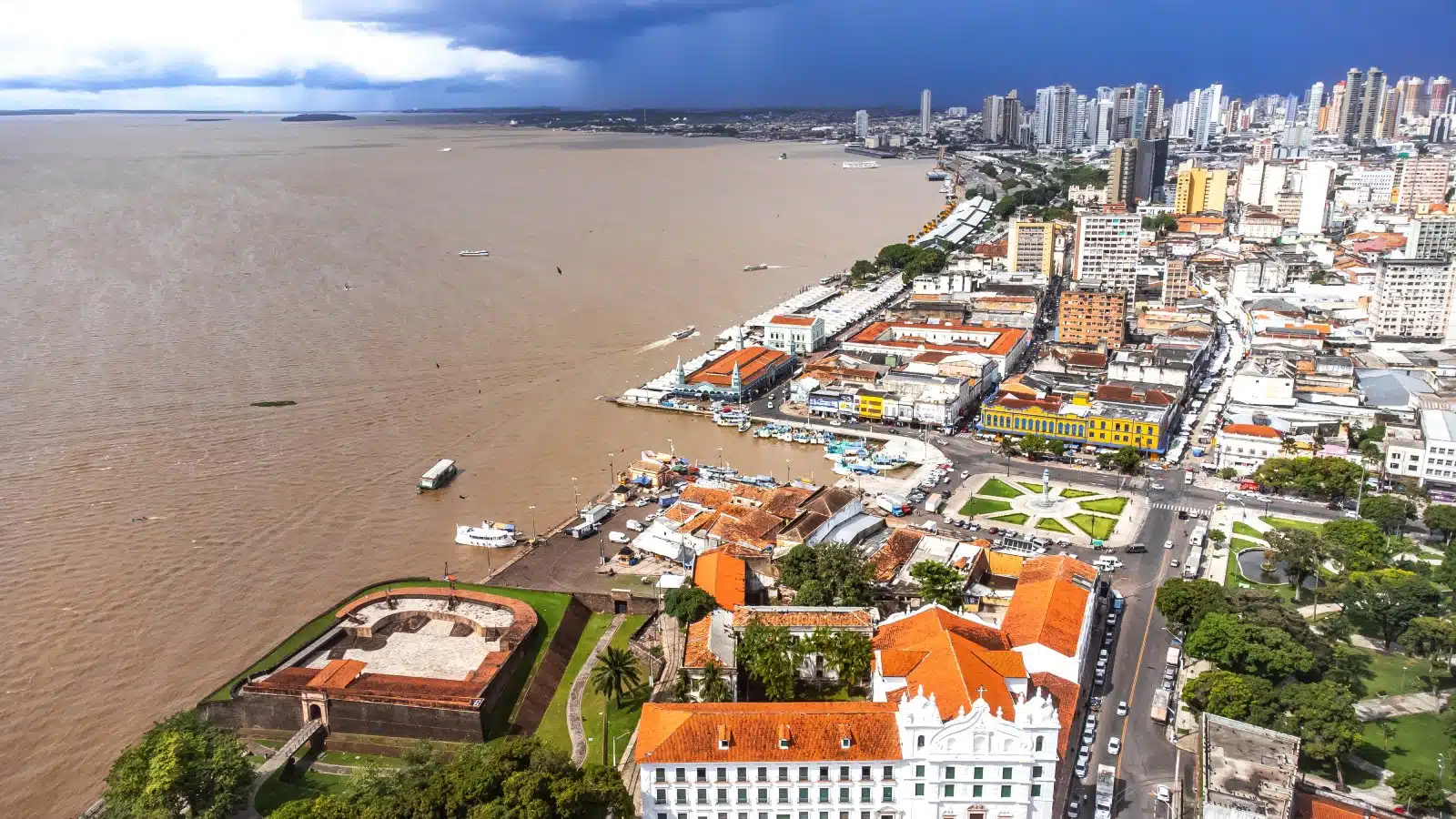
Image Credit: Shutterstock / Pedro Magrod
As the gateway to the Amazon River from the Atlantic, Belém is a vibrant city where the Amazon’s cultural and biological diversity is on full display. It is an essential stop for those looking to understand the Amazon’s urban context and its transition into the vast wilderness. The city’s markets, such as the Ver-o-Peso, offer an array of Amazonian herbs and plants used in traditional medicine, providing insight into the region’s shamanic practices.
Insider’s Tip
Take a guided tour of the Ver-o-Peso market to learn about the medicinal plants and their uses in local shamanic practices.
When to Travel
The cooler, drier months from June to November offer a more comfortable climate for exploring the city and its surroundings.
How to Get There
Belém is accessible by air from major Brazilian cities. Its port is a starting point for river journeys deeper into the Amazon.
10. Acre, Brazil
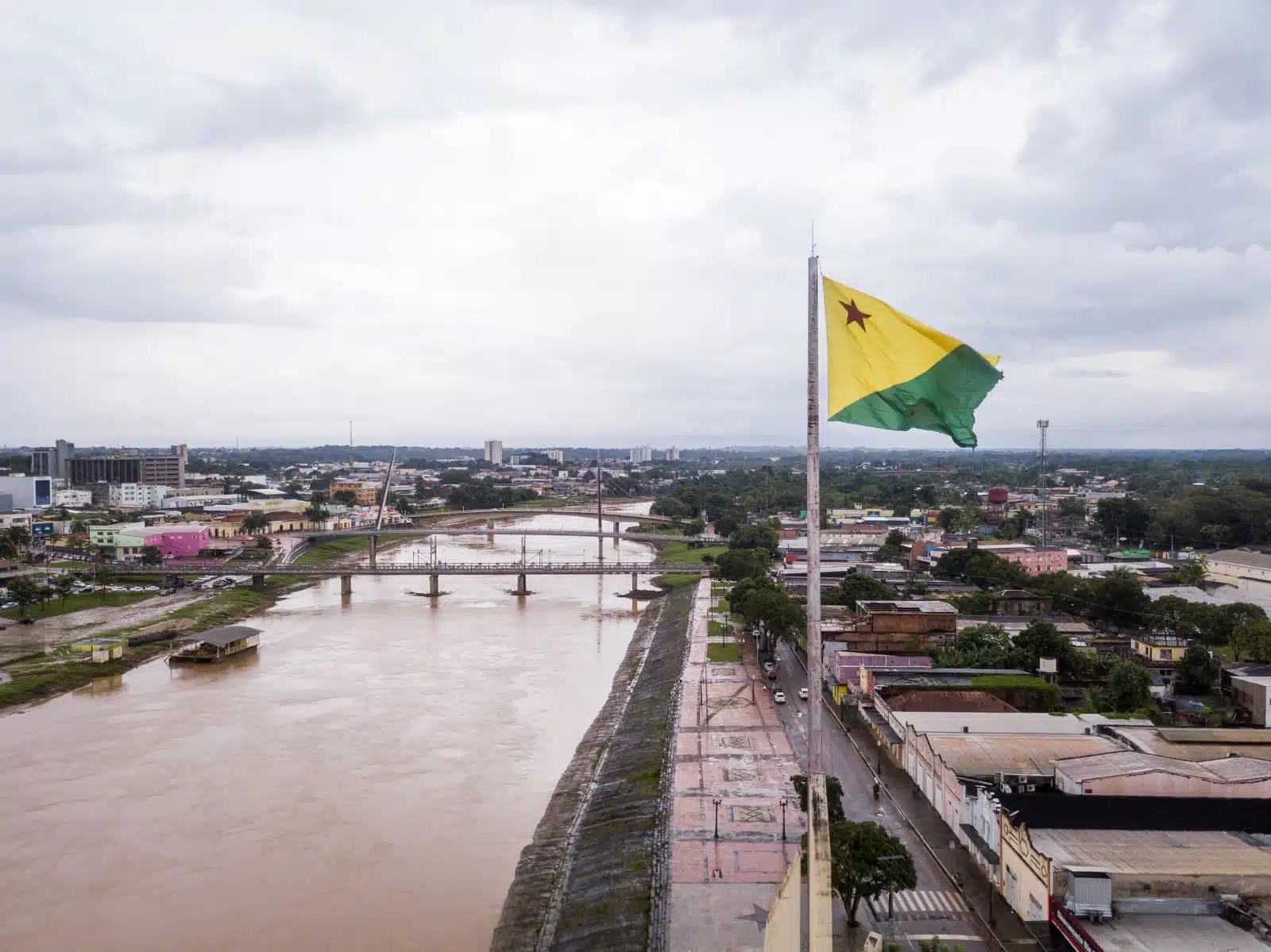
Image Credit: Shutterstock / PARALAXIS
The state of Acre, in the westernmost part of the Brazilian Amazon, is a frontier of shamanic tourism, offering deep immersion in the region’s indigenous cultures and natural landscapes. It is home to several indigenous tribes and communities that maintain their traditions, including the use of ayahuasca in ceremonial contexts. Acre provides a unique opportunity to experience Amazonian shamanism in a setting that is both remote and profoundly connected to the forest’s spirit.
Insider’s Tip
Visit the Chico Mendes Extractive Reserve to learn about the rubber tappers’ culture and their sustainable use of the forest, which includes shamanic practices related to plant medicine.
When to Travel
The dry season from May to September is the best time for accessing remote areas and participating in outdoor ceremonies.
How to Get There
Fly to Rio Branco, Acre’s capital, from major Brazilian cities. From Rio Branco, travel into the interior is often by riverboat or small aircraft.
Ethical Engagement with Indigenous Cultures

Image Credit: Shutterstock / ESB Professional
Engaging ethically with indigenous cultures involves more than just participating in ceremonies; it requires an understanding and respect for their traditions, values, and rights. Visitors should seek experiences that offer mutual respect and benefit, ensuring their presence supports the community and preserves its traditions. Ethical engagement also means prioritizing the guidance of indigenous leaders and healers willing to share their knowledge and practices.
Conservation Efforts and Shamanism
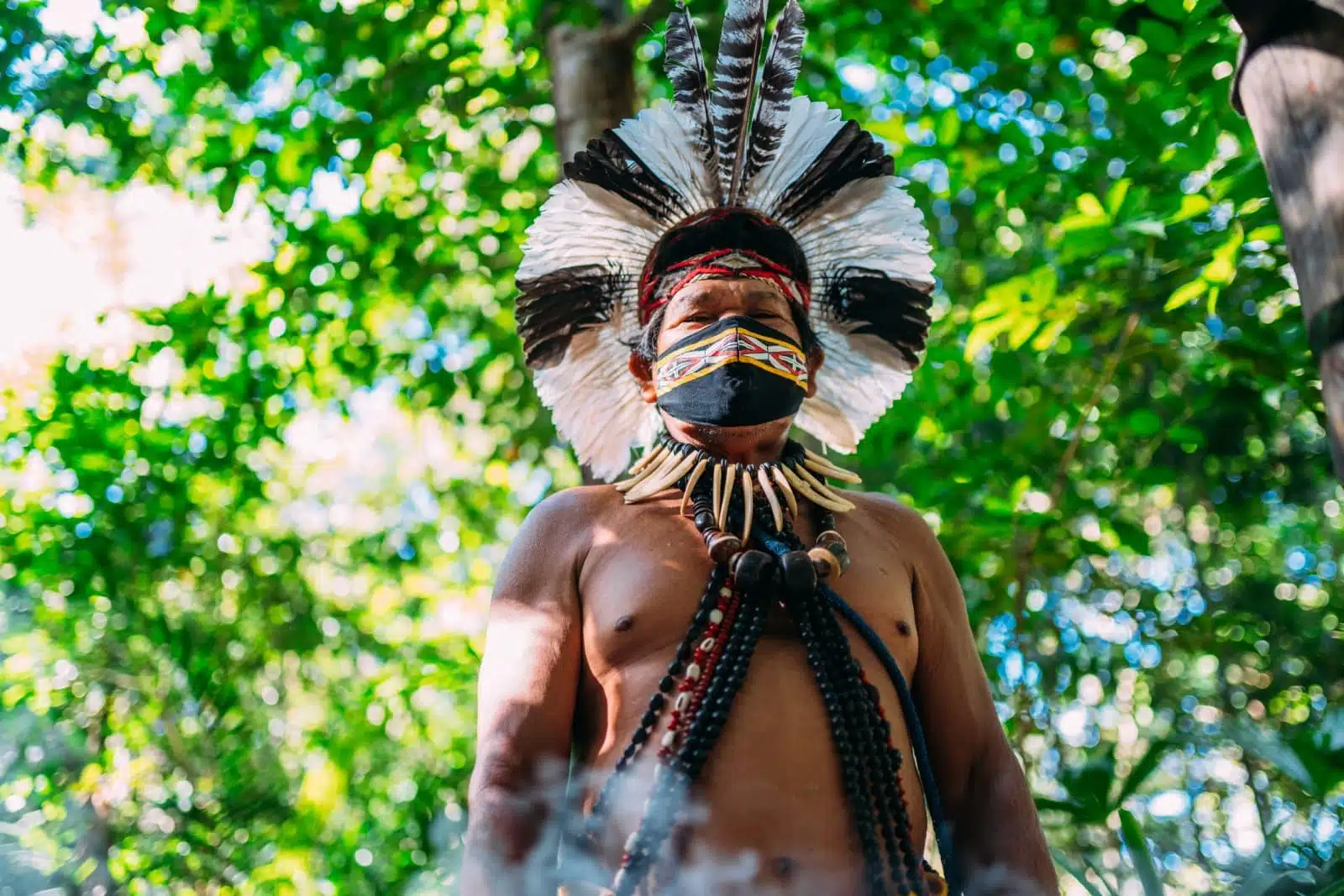
Image Credit: Shutterstock / Brastock
The Amazon Rainforest is under threat from deforestation, mining, and climate change, which in turn threatens the biodiversity that supports its spiritual and medicinal practices. Engaging in shamanic tours that are committed to conservation can help support the preservation of the Amazon and its cultures. Look for tours that actively contribute to reforestation, wildlife protection, and sustainable practices.
Supporting Sustainable Tourism
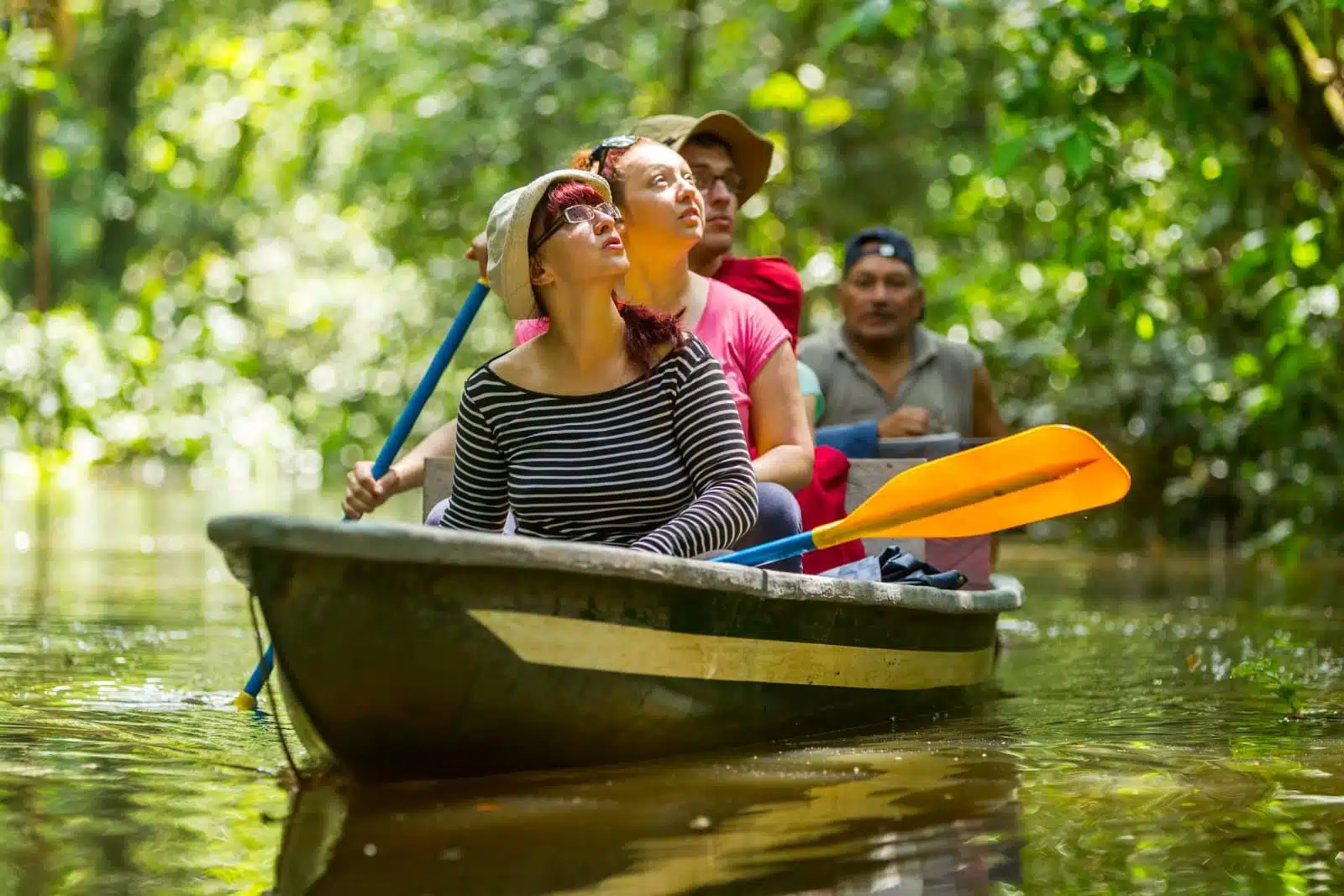
Image Credit: Shutterstock / Ammit Jack
Sustainable tourism in the Amazon involves choosing services and experiences that are environmentally responsible, support local economies, and preserve cultural heritage. This includes selecting lodges, guides, and tours owned and operated by local communities or ensuring fair compensation and working conditions for indigenous guides and healers.
Learning from the Land – Plant Medicine and Ecology

Image Credit: Shutterstock / MarcusVDT
The Amazon’s rich biodiversity is not only the basis of its shamanic practices but also a critical component of the global ecosystem. Engaging with the Amazon through a shamanic tour offers an unparalleled opportunity to learn about life’s interconnectedness, plants’ medicinal properties, and the importance of ecological balance.
Cultural Exchange and Personal Growth

Image Credit: Shutterstock / Nelson Antoine
A shamanic tour in the Amazon is a journey into the heart of ancient practices and an opportunity for profound personal growth and cultural exchange. These experiences allow for a deep reflection on one’s place in the world, the nature of health and healing, and the importance of cultural diversity and respect.
The Bottom Line
Seeking shamanic experiences in the Amazon invites an exploration of spiritual practices and a profound engagement with the world’s most biodiverse ecosystem and indigenous cultures. It’s a journey that demands ethical consideration, cultural respect, and a commitment to conservation. As you embark on this path, remember that the true essence of the experience lies in the connections you forge—with the people, the land, and the myriad forms of life that call the Amazon home. This journey is an opportunity to contribute positively to preserving this invaluable resource and its ancient wisdom, ensuring it continues to thrive for generations to come.
More From The Green Voyage
Top 10 Trending Travel Destinations 2024
6 Essential Banking Apps for International Travel – Managing Your Finances on the Go
Traveling With Kids – 10 Tips to Create Memorable Family Holidays
The post In Search of Spirits – A Guide to 10 Shamanic Tours in the Amazon 2024 first appeared on The Green Voyage.
Featured Image Credit: Shutterstock / Ammit Jack.
The content of this article is for informational purposes only and does not constitute or replace professional financial advice.
Tips for Trip Success
Book Your Flight
Find an inexpensive flight by using Kayak, a favorite of ours because it regularly returns less expensive flight options from a variety of airlines.
Book Your Hotel or Special Accommodation
We are big fans of Booking.com. We like their review system and photos. If we want to see more reviews and additional booking options, we go to Expedia.
You Need Travel Insurance!
Good travel insurance means having total peace of mind. Travel insurance protects you when your medical insurance often will not and better than what you get from your credit card. It will provide comprehensive coverage should you need medical treatment or return to the United States, compensation for trip interruption, baggage loss, and other situations.Find the Perfect Insurance Plan for Your Trip
